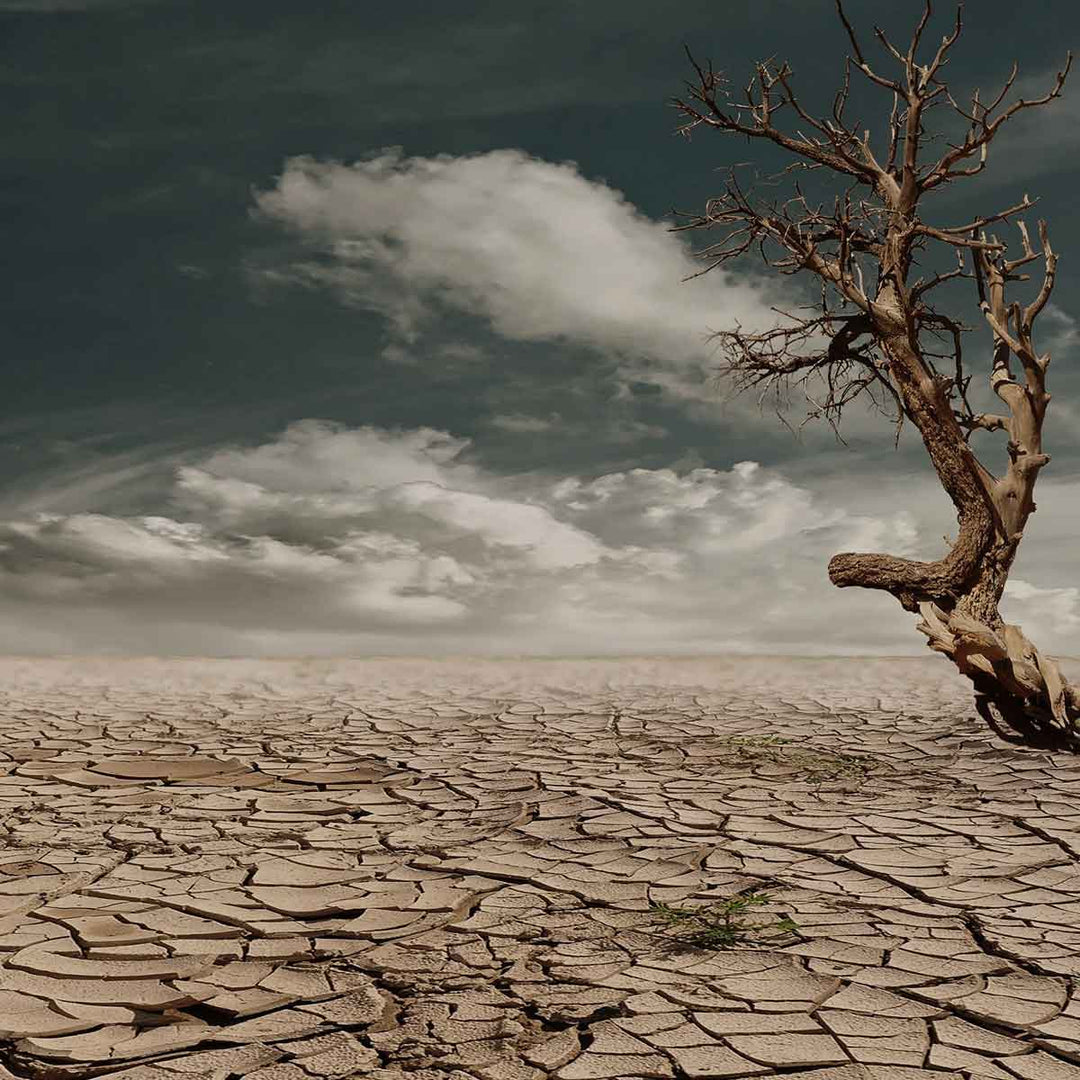How to Determine the Extinction Period of a Substance in Nature?
Wastes that are released every day need a large period of time to disappear spontaneously in nature. This situation, also referred to as biodegradation, consists of microorganisms in the natural environment consuming wastes after suitable conditions are created. In other words, more precisely, the process of spontaneous destruction of any natural or artificial substance in nature is described as biodegradation. In order for biodegradation to take place, many suitable conditions are required, from the type of waste to the ambient temperature. The energy and compounds released during this natural decay process can cause irreparable damage to the universe. To prevent this, scientists observe how long it takes for waste to disappear in nature. Respirometer tests are often used to calculate how long it takes for waste to decompose in nature. Respirometry is one of the most effective methods for determining the time it takes for waste to biodegrade and the damage it can cause. It basically consists of providing any waste with the natural environment it needs to decompose. Scientists create a natural environment of soil, plants and bacteria in a beaker. The waste to be measured is then placed in this environment and aerated. The bacteria present in the natural environment begin to decompose the waste through respiration. This means that as the waste is consumed by the bacteria, carbon dioxide is released into the environment. Respirometer tests are used to calculate the amount of respiration and the decomposition process. The amount and duration of carbon dioxide released varies according to the working intensity and abundance of the bacteria. This process is directly related to the type of waste.
When Does Waste Disappear in Nature?
Wastes generated at every stage of social life need a certain amount of time to disappear spontaneously in nature. The time for waste to disappear in nature is calculated observationally and hypothetically by respirometer tests. However, this decomposition process may vary depending on the type of waste and environmental conditions. Wastes decompose in nature in different times depending on their type. Depending on whether the waste is organic or inorganic, this period can be 5 days or up to 5000 years. For example, an apple trash or peel needs only 5 days to decompose in the natural environment. This natural waste can be easily consumed by anaerobic or aerobic bacteria. However, this process does not work in the same way for energy-generating wastes such as batteries and accumulators. The biodegradation time of waste batteries has been measured by respirometer tests to be more than 300 years. The heavy metals in batteries are released over time and reach the seas. In order to prevent the damage caused by chemical accumulation to our soil and seas, it is necessary to dispose of waste batteries in collection boxes, not in nature. We have prepared a short list to show you how long different wastes can disappear in nature:
Vegetables, between 5 days and 1 month
Paper, 2-5 months
Cotton clothes, 6 months
Wool socks, 1-5 years
Cardboard milk cartons, 5 years
Leather shoes, 25-40 years
Nylon fabrics, in 30-40 years
Tin cans, 50-100 years
Plastic waste can be disposed of in 1,000 years.
Are Waste Disappearance Periods Important?
The time it takes for wastes to disappear in nature is extremely important for natural life and environmental health. Wastes that can be dissolved by bacteria in the natural environment disappear in a short time. However, solid inorganic objects such as plastic, glass and metal may need thousands of years. During this time, both the resulting carbon dioxide and various toxic gases cause great damage to nature. Wastes that are difficult to dissolve remain in nature for thousands of years, creating irreversible changes in the structure of soil, water and air. These changes directly threaten living life. As such, in order to protect both nature and our own lives, we need to know the time it takes for waste to disappear in nature. In this way, we can be more careful when producing waste, and we can also be conscious about classifying them and recycling them.

When Does Glass Waste Disappear?
Bottles, jars, plates and ornaments produced using glass are indispensable for homes. When these products become unusable, they are thrown away just like the others. However, the time for glass waste to disappear in nature is extremely long. Glass, whose raw material is soil, needs at least 4000 years to disappear in nature. This is because these products are produced through multiple processes at high temperatures. Glass is a material with increased resistance to environmental conditions. This and similar solid wastes have an extremely long time to disappear in nature. Whether it is covered with plastic or not, it is close to impossible for glass to be consumed by bacteria in the natural environment. Glass products thrown into nature are also one of the most important causes of forest fires. The way to eliminate the immediate and long-term damages of glass waste on nature is recycling. We can turn the glass waste from our homes into raw materials for new packaging by placing them in recycling bins. In this way, we can prevent waste generation while at the same time helping to save money in production.

How Long Does Plastic Waste Disappear?
Plastic is used effectively in every field, from shoes to beverage packages. Therefore, it is very difficult to remove this extremely intensively used material from our lives. Even a bag used only for shopping needs at least 1000 years to disappear in nature. The petroleum used in the production of plastic products does not appeal to the taste buds of bacteria! Plastic waste disappears in nature over a long period of time, ranging from 50 years to 1 million years, depending on its type and size. Petroleum-derived plastic wastes, which bacteria cannot consume directly, are broken down by solar heat and radiation. The resulting compounds can be eaten by bacteria. Plastics can persist for millions of years in garbage piles that are difficult for the sun to reach. Plastic recycling is essential to make this stubborn waste more useful. You can recycle your plastic waste to prevent further damage to nature.

How does household waste disappear in nature?
If we know the extinction periods of wastes in nature, we can classify the garbage coming out of our homes accordingly. Household wastes, which are produced in bags every day, turn into piles of garbage if they are not classified and disposed of. Even vegetable and fruit peels, which disappear extremely easily in nature, can remain intact in waste centers for a long time. Think about plastics and metals! The biodegradation time of household waste varies depending on the type of product. For example, when all garbage is sorted and thrown away, food disappears within 6 months at most. Plastic packaging and disposable products that are produced every day need as long as 500 years. Even chewing gum takes 5 to 25 years to disappear, while detergent waste takes 400 years. To prevent this, household waste should be classified and recycled.
Which wastes are not harmful to nature?
It is almost impossible for many products made by human hands and chemical methods to disappear spontaneously in nature. However, vegetable and fruit wastes have extremely short decomposition times. Moreover, food provides more benefit than harm to nature during this short decomposition process. As food is consumed by bacteria in the natural environment, it also releases beneficial compounds into the soil. Vegetables, fruits, wheat, barley, animal waste and many more increase the minerals and vitamins in the soil during decomposition. Naturally increasing soil fertility, food waste is often used for sustainable agriculture. Many nature lovers with a garden produce compost by collecting food waste under ideal conditions. This natural fertilizer obtained by decomposing animal and vegetable waste is extremely beneficial for a chemical-free agriculture. You can reintroduce your food waste back into nature with cold, hot or worm composting methods.
If you are looking to help the nature, take a look at our enviromentally friendly towels!













